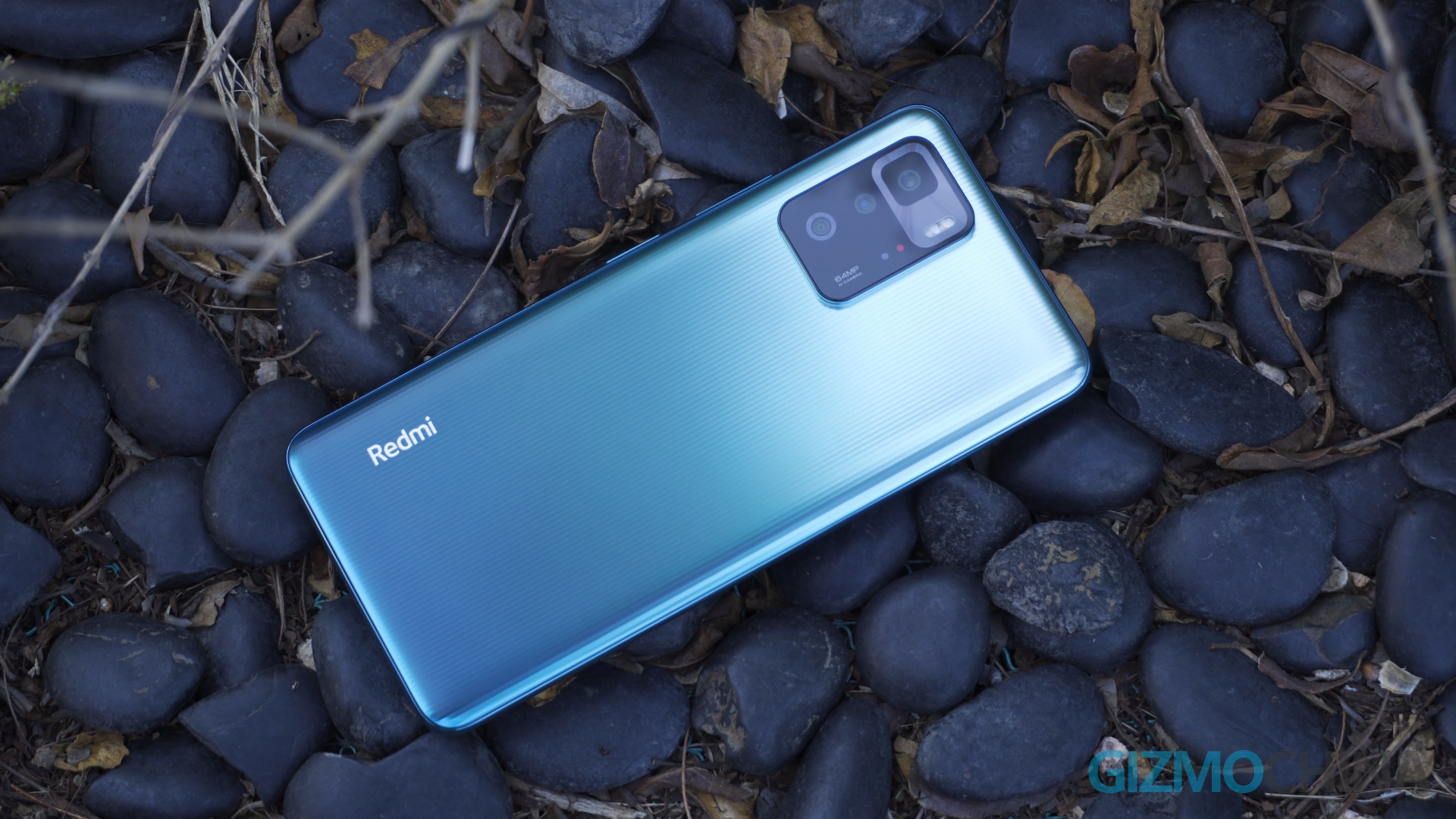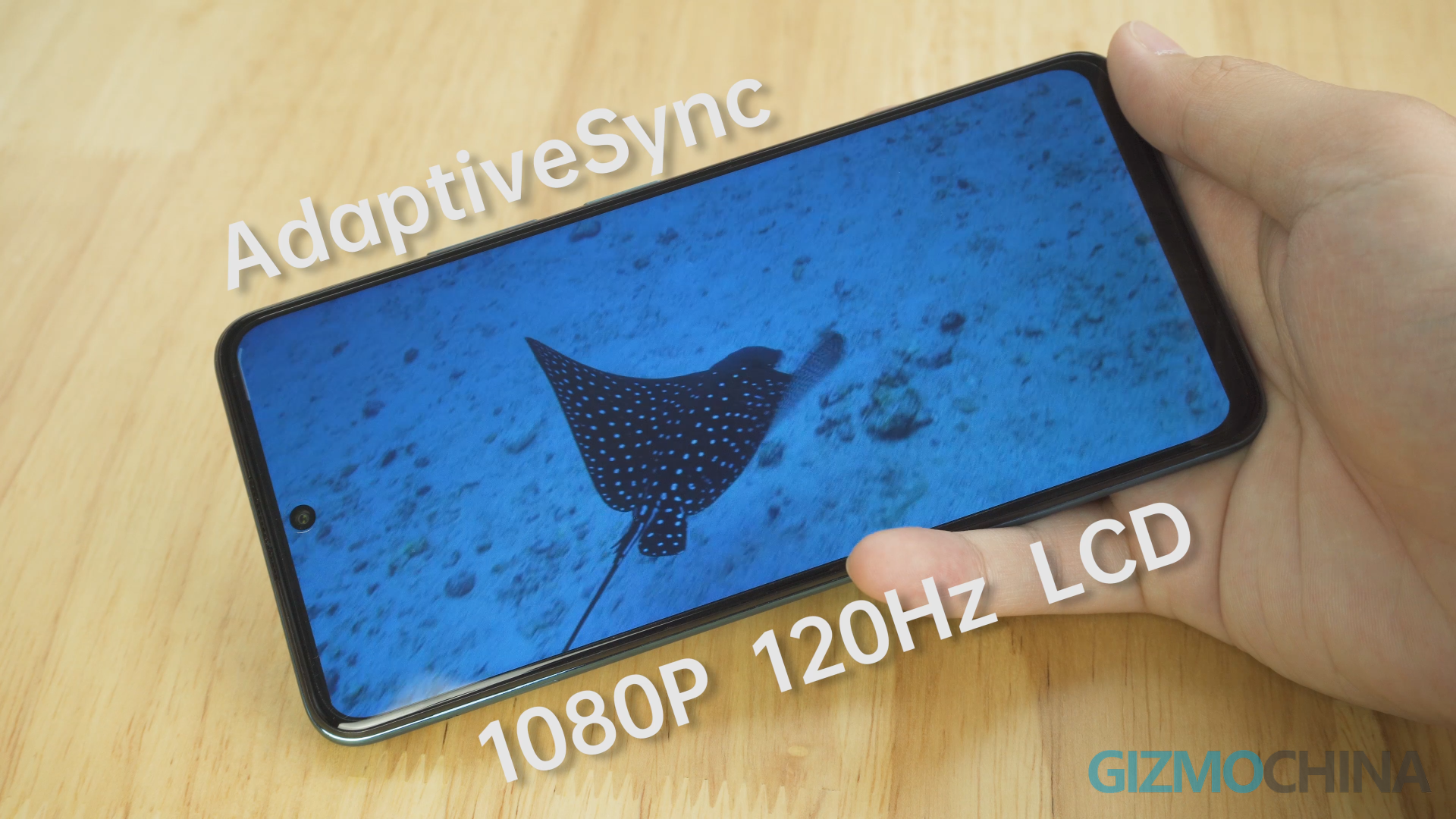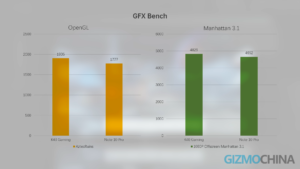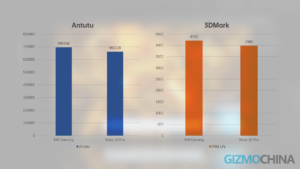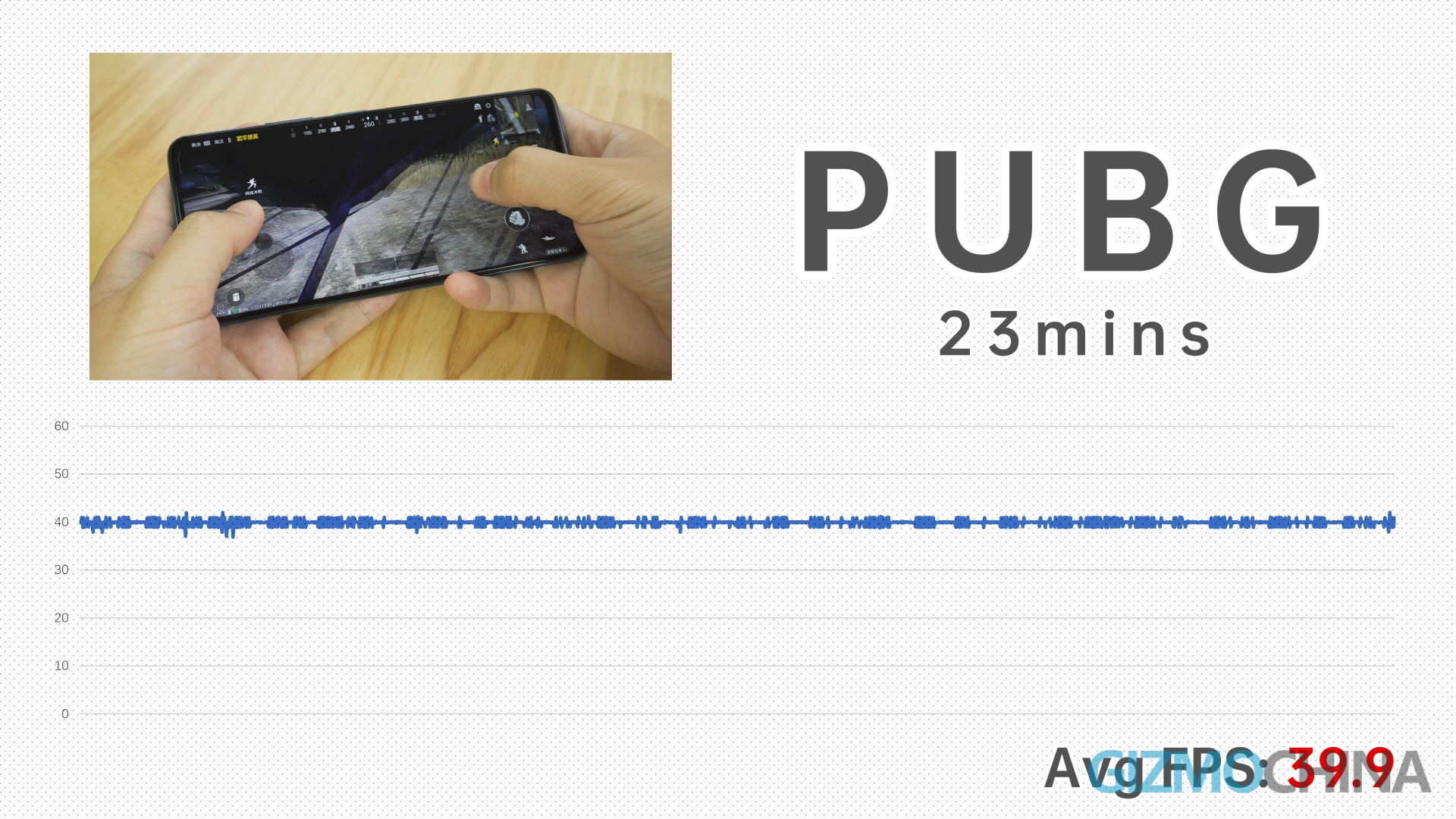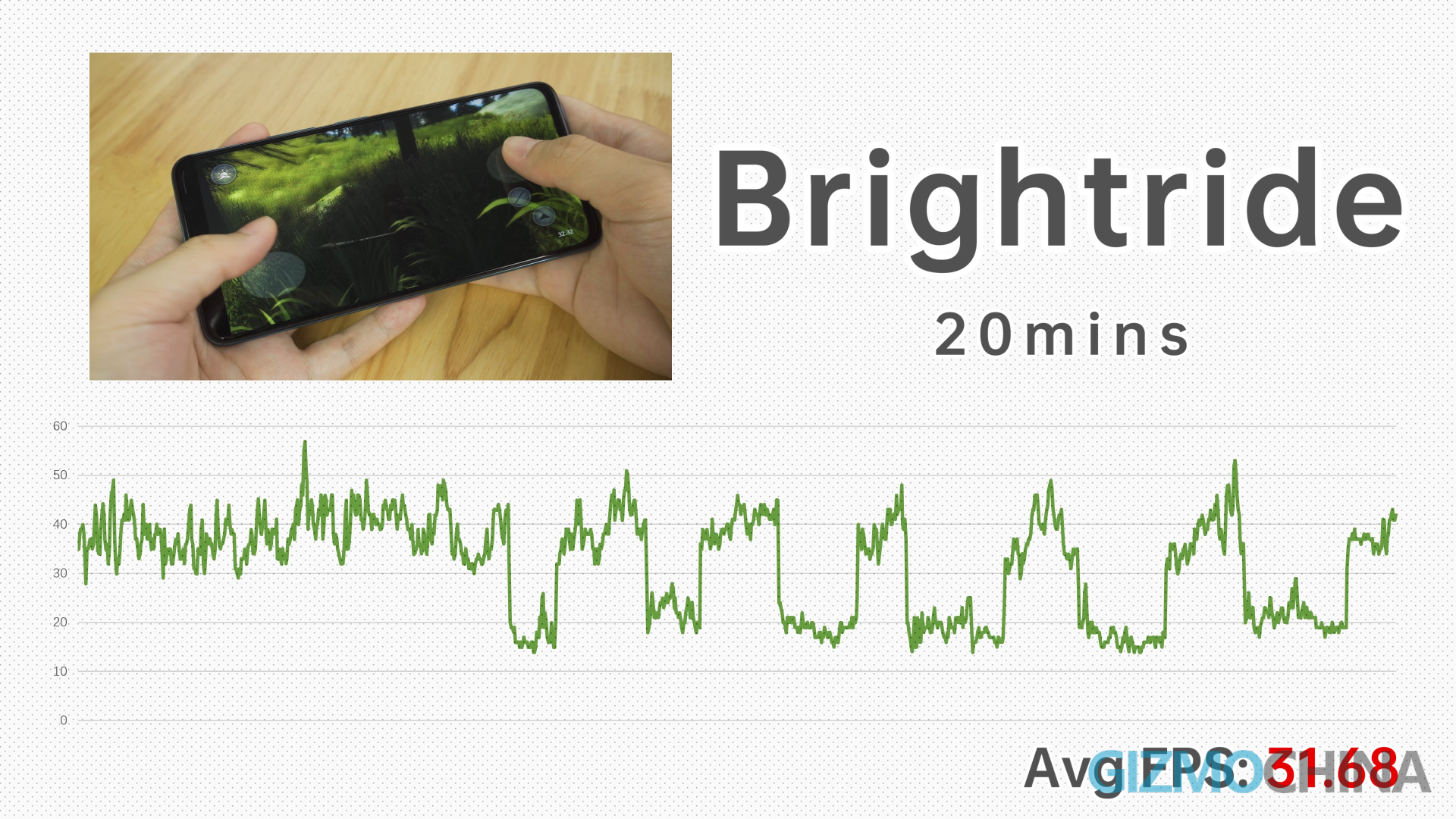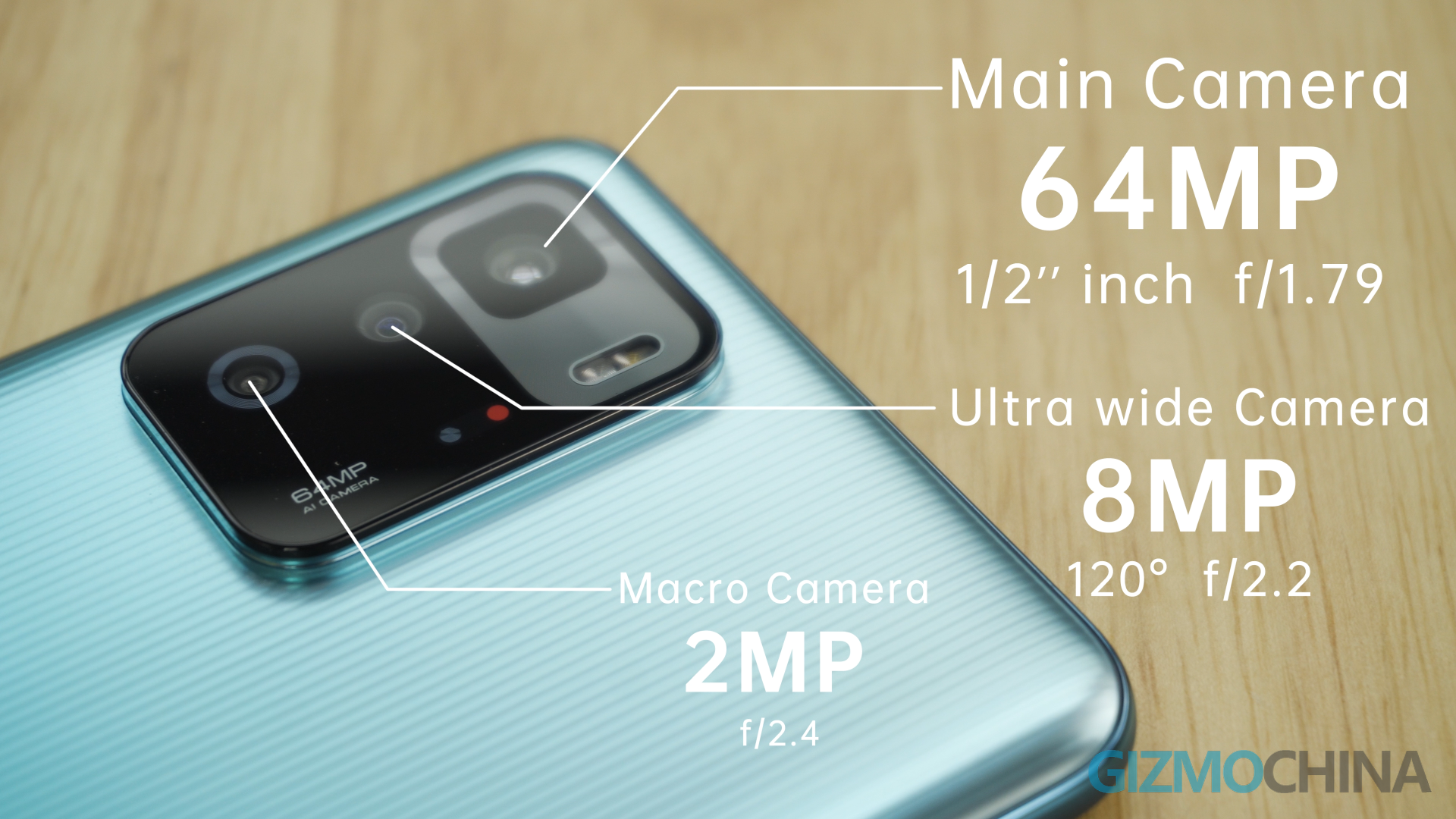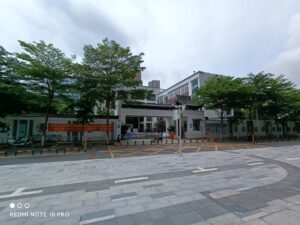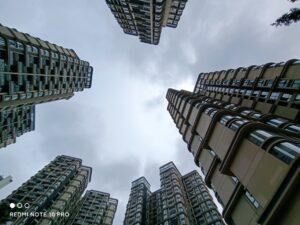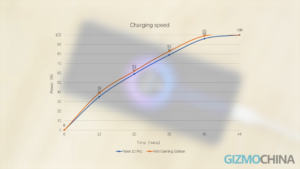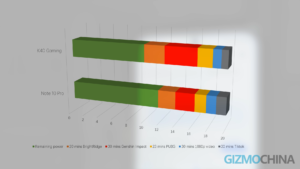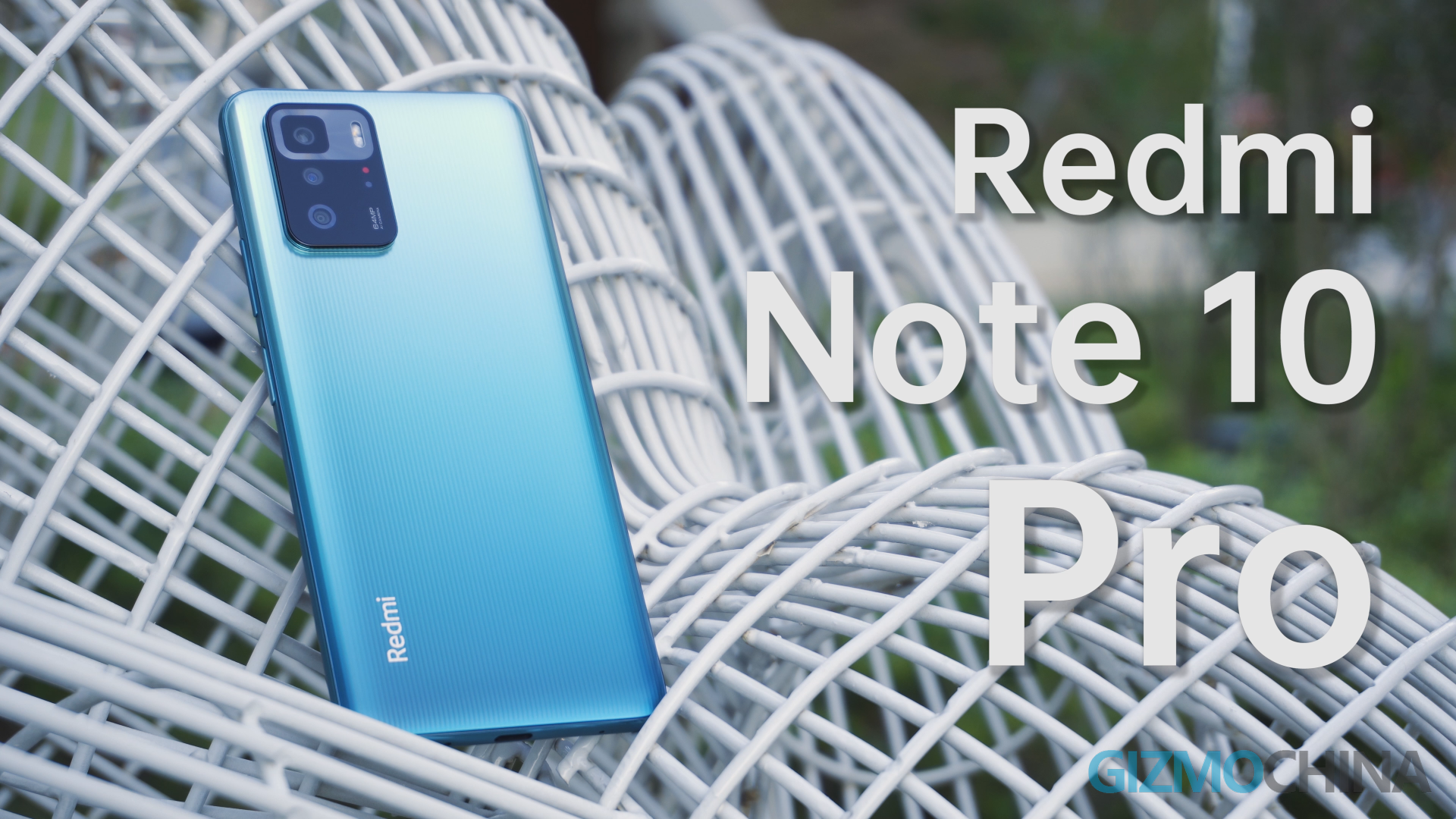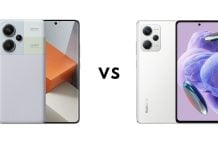The 10th generation of the Redmi Note series, the king of budget phones, was released 6 months ago. But today, we are looking at the Pro model from China, the Redmi Note 10 Pro. We’ll see how it differs from the Note 9 Pro and what all features have been upgraded or downgraded.
Note that the Redmi Note 10 Pro’s Chinese variant that we have in our hands and the Global variant are two completely different phones. They just share the same name but the features are quite different.
Redmi Note 10 Pro Review: Design
Unlike the Redmi Note 9 Pro, the Note 10 Pro does not bring significant changes in appearance. The metal ring design of the camera and the three-dimensional raster process of the back cover are designs that Xiaomi’s flagship phones have used before. So the first time you see the Redmi Note10 Pro, it doesn’t give the impression of a budget $250 smartphone. 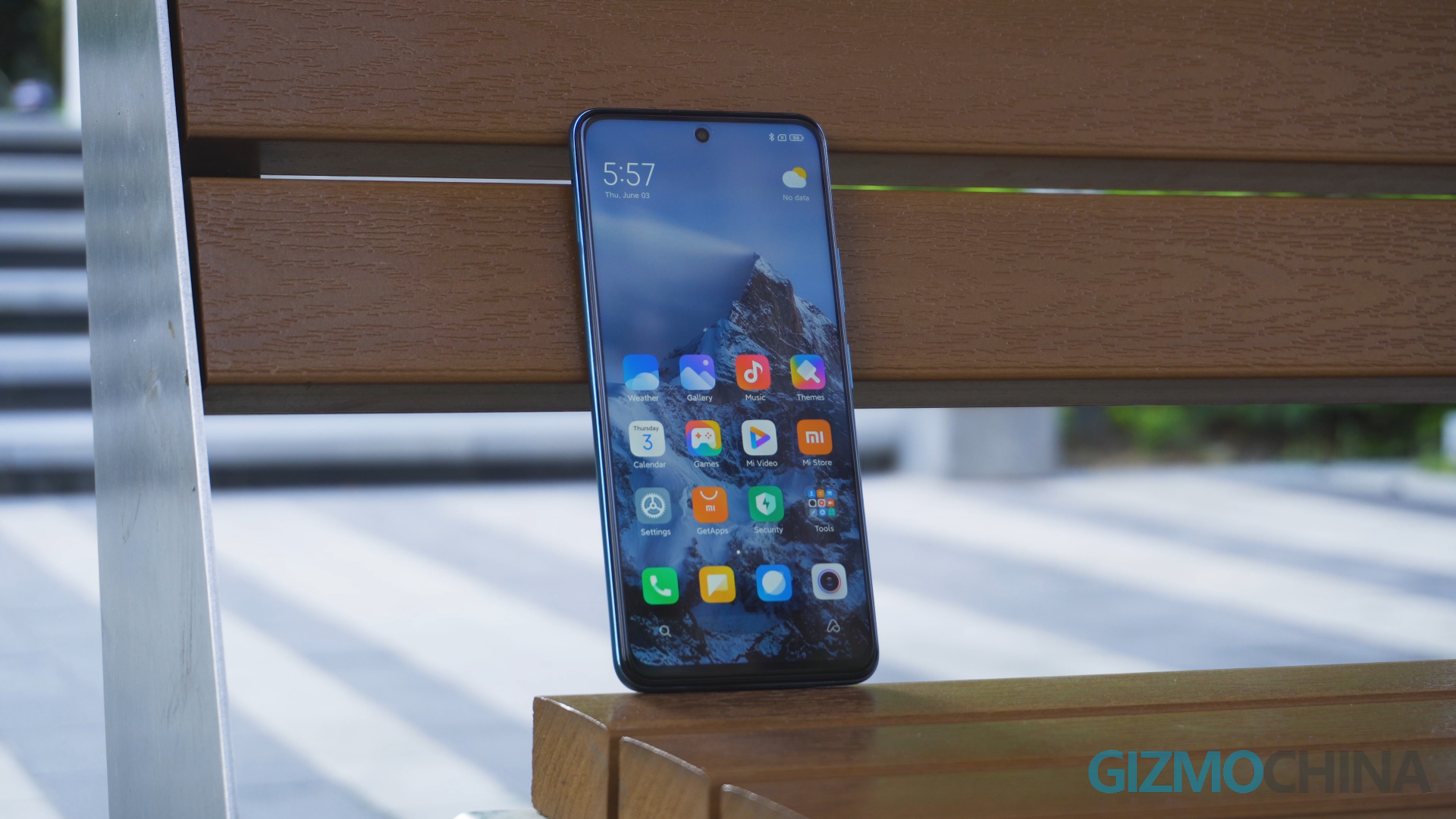
Visually it looks more eye-catching than the Note 9 Pro, but the back cover material has been changed from glass to plastic. So it doesn’t feel as premium as you’d expect. The dual speakers, NFC, and IR blaster are also present, and the fingerprint recognition is also the same as the K40 series without the recessed design, which looks like an ordinary power button. Overall, I’m quite satisfied with the design of the Note 10 Pro, while the plastic back cover and frame also enable a lightweight body with a weight less than 200g. If you don’t have a particular color preference, we recommend buying the white version, which has a three-dimensional raster process and is not as easy to get oil stains as our cyan one.
Redmi Note 10 Pro Review: Display
The Redmi Note 10 Pro’s screen has a few little surprises this time around. This 1080p 120Hz LCD screen is equipped with the same screen display technology as the Mi 10T Pro — AdaptiveSync, which intelligently matches the displayed media frame rate to change the screen refresh rate for a power-saving effect. The screen protection glass used is the latest Corning Gorilla Victus.
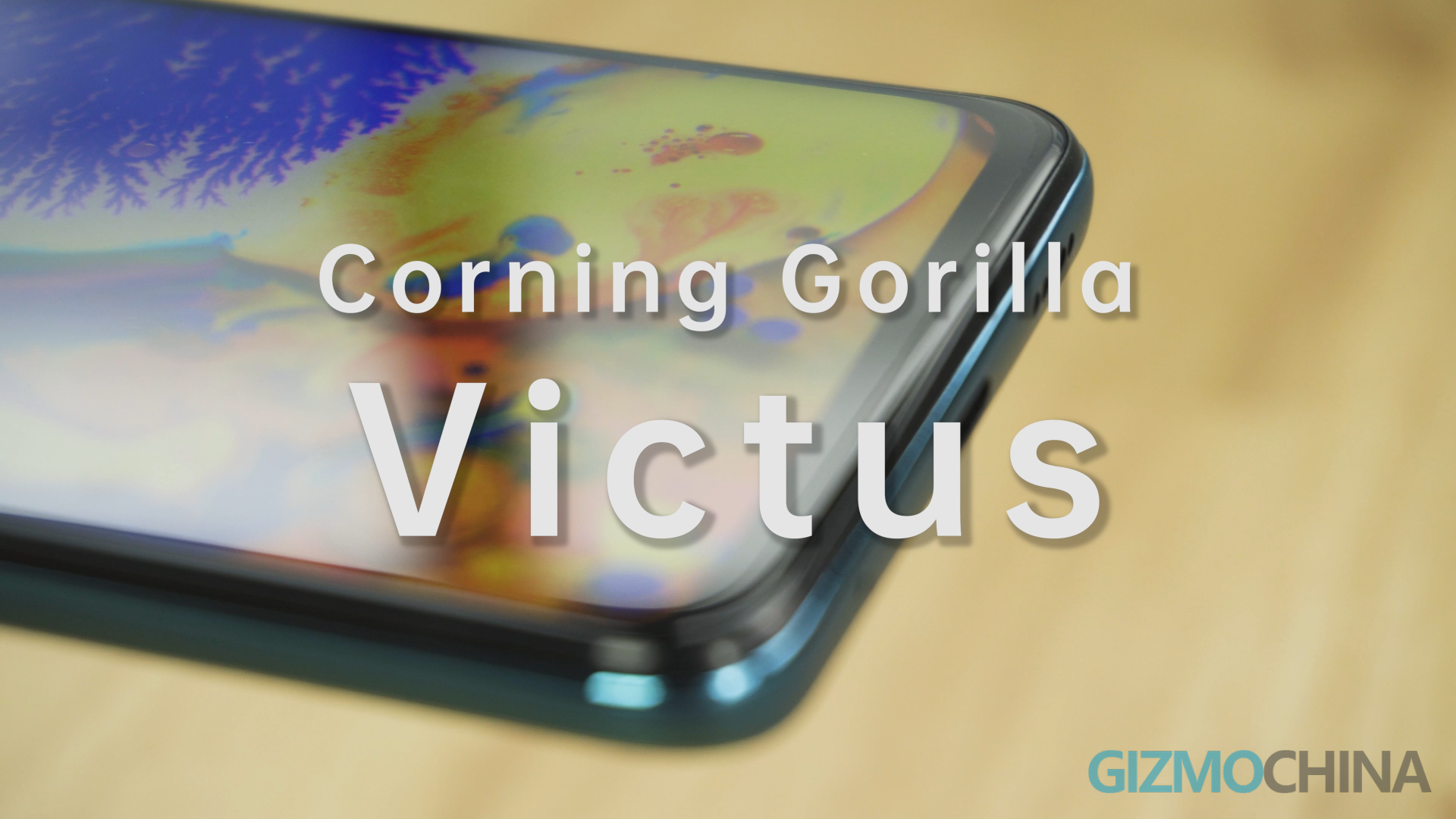 This glass is generally reserved only for the best flagship phones. The usual issue of dark edges on an LCD screen is not very serious on the Note 10 Pro either. In addition to the edge of the screen being not very smooth, this screen is considered excellent in its price range.
This glass is generally reserved only for the best flagship phones. The usual issue of dark edges on an LCD screen is not very serious on the Note 10 Pro either. In addition to the edge of the screen being not very smooth, this screen is considered excellent in its price range.
Redmi Note 10 Pro Review: Hardware & Gaming
Because of the global chip shortage, many low-end and mid-range phones have started using MediaTek chips to ensure sufficient supply, and the Note 10 Pro is no exception. It uses Dimensity 1100 and the main difference compared to Dimensity 1200 is that the large core is clocked down, so the transient output will be weaker.
You can also see this through the various Benchmarks. On Antutu the phone scores 661116, in 3D Mark 3981, in GFXBench OpenGL around 1777, and in 1080P Manhattan 3.1 Offscreen around 4652. These scores are a bit worse than Dimensity 1200 in the Redmi K40 Gaming Edition. Redmi has enhanced the cooling system and equipped the Note 10 Pro with an X-axis linear motor to make the gaming experience better. PUBG HDR Graphics can only run at a maximum frame rate of 40fps. No 90fps frame rate support. PUBG can run at close to full frame rate without a problem, but Genshin Impact and Brightridge reveal the real problem.
Genshin Impact is not only locked to a maximum frame rate cap of 50fps, but it is also not able to sustain 50fps. After nine minutes of downclocking, the frame rate locks between 30fps and 40fps.
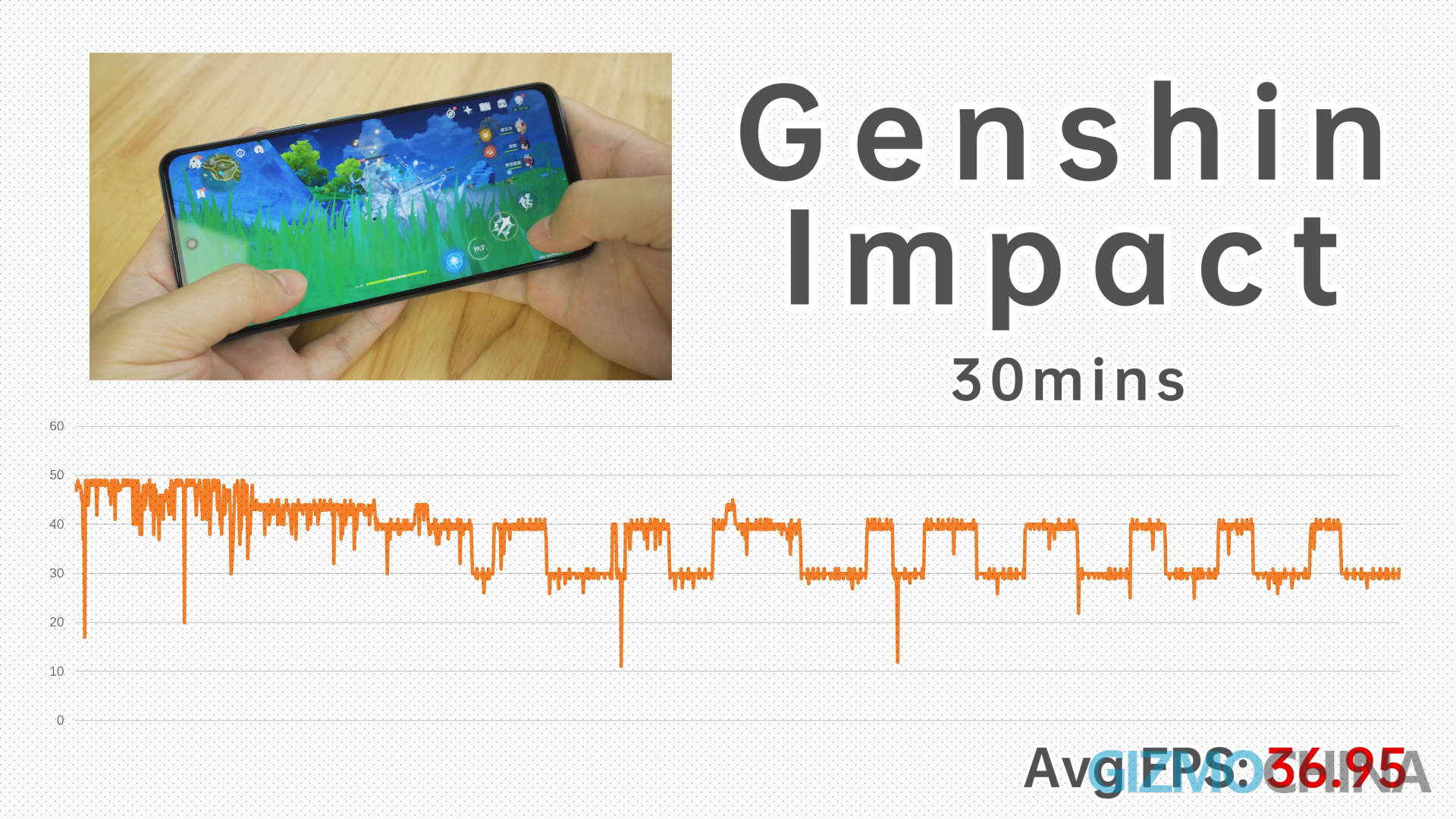 The same problem was found in Brightridge, though it had a bit more fluctuation than Genshin Impact. Thankfully because of its plastic body and the fact that the performance output was not as powerful, the temperature did not exceed 50°C throughout the gaming period. Truth be told, this kind of gaming performance is already excellent for a $250 phone. If you want to play games, as long as you are willing to lower some of the Graphics quality, I believe it can provide a good gaming experience.
The same problem was found in Brightridge, though it had a bit more fluctuation than Genshin Impact. Thankfully because of its plastic body and the fact that the performance output was not as powerful, the temperature did not exceed 50°C throughout the gaming period. Truth be told, this kind of gaming performance is already excellent for a $250 phone. If you want to play games, as long as you are willing to lower some of the Graphics quality, I believe it can provide a good gaming experience.
Redmi Note 10 Pro Review: Camera
The Note 10 Pro’s triple camera system features a 64MP main camera, an 8MP ultra-wide lens, and a 2MP macro lens. This camera system is almost identical to the K40 Gaming Edition except for the glass-plastic hybrid lens and aperture. The photos they take are also almost identical. You can hardly notice the difference between them, maybe sometimes the K40 Gaming Edition has a higher dynamic range, but most of the time it’s hard to notice.
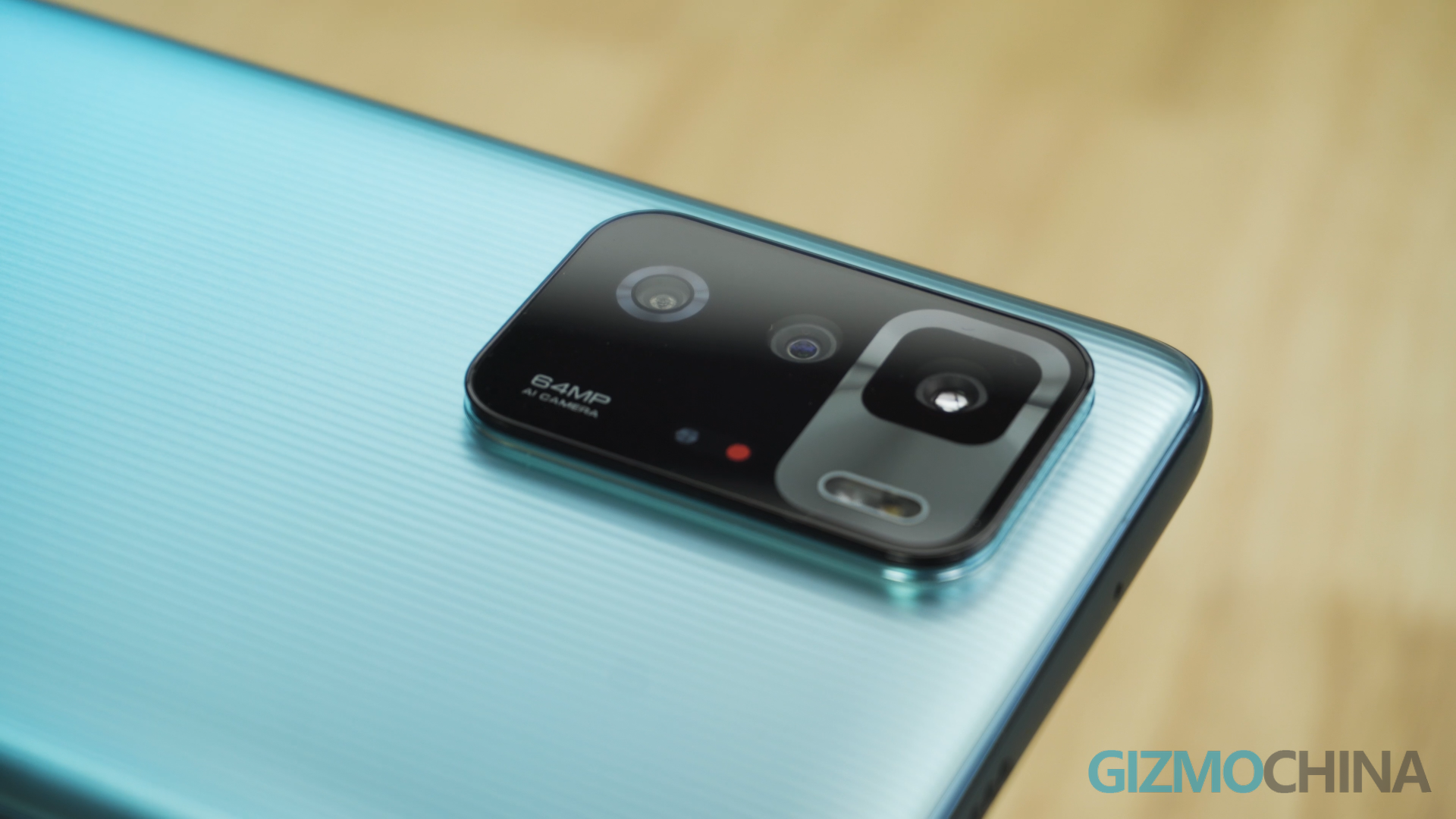 So I’ll just conclude: the main camera is average for its price range, and the highlight control is excellent at night with night mode on.
So I’ll just conclude: the main camera is average for its price range, and the highlight control is excellent at night with night mode on.
The ultra-wide lens is also average, and the image quality is poor when the light is low. The macro lens is of little use, you can get similar results with the main camera crop, but this camera is almost unusable when the light is low. There is no doubt that its camera quality is a downgrade when compared to the Note 9 Pro, so if you like to take photos, you might have to rethink buying this model.
The video part is the same as the K40 Gaming Edition, with the main camera supporting up to 4K 30fps and the ultra-wide lens supporting up to 1080P 30fps. You can also see from the video how the image quality performs. If you want a phone with excellent video, just don’t buy a MediaTek chip phone.
JBL’s tuning is also present on the Note 10 Pro this time. You can hear the difference with the K40 Gaming Edition for yourselves.
Redmi Note 10 Pro Review: Charging & Battery Life
A 67w charging head is included in the box. That’s right, the Note 10 Pro supports up to 67w of charging power this time, the same charging power as the K40 Gaming Edition. The charging speed is also similar, topping up to 35% in just 10 minutes, 79% in 30 minutes, and taking 44 minutes for a full charge. Battery capacity has been increased from 4820mAh in Note 9 Pro to 5000mAh. Half an hour of Tiktok and half an hour of 1080P video playback consume 6% each, PUBG uses up 7%, Genshin Impact around 12%, and Brightridge around 11%. It seems that Dimensity 1100 is indeed a more power-efficient chip.
I’m sure you’re wondering if the Redmi Note 10 Pro supports Google Mobile Services, but unfortunately, the latest version doesn’t yet. However, the K40 Gaming Edition has already got perfect support for Google Mobile Service in the latest version of MIUI, so I believe Redmi will also allow the Note 10 Pro to use Google Mobile Service in the near future. So those who like the Note 10 Pro, you can wait for a while.
Redmi Note 10 Pro Review: Verdict
The Redmi Note 10 Pro is mainly upgraded in terms of appearance, screen, performance, and charging power, while the camera system has been downgraded. But the price remains the same. I think Note 9 Pro and Note 10 Pro are more like different choices at the same price point, those who want performance and faster charging, go for the Note 10 Pro, while those who want better photos and video choose the Note 9 Pro.
Which one will you choose? Let us know via a comment down below.
RELATED:
- Xiaomi opens its first official physical store in Saudi Arabia
- Xiaomi FlipBuds Pro Review: Are the new ANC Earbuds any Good?
- POCO M3 Pro 5G Review: POCO’s Affordable 5G Phone is HERE!
- Xiaomi Mi 11 Pro Review: Are the Issues from the Mi 11 fixed?

